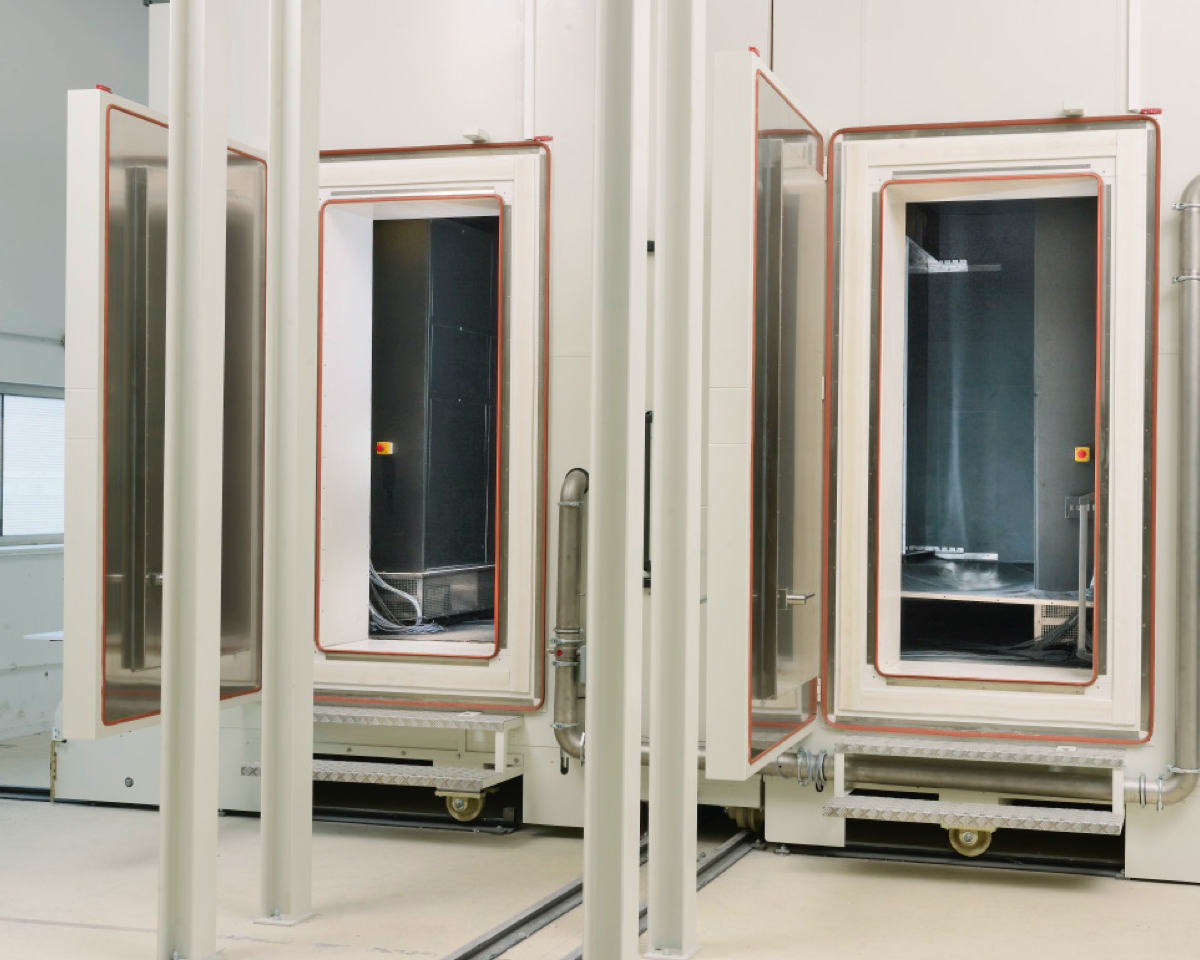Raw Materials and Production
We have a long track record of industry leadership, we manufacture our solutions using a range of raw materials and production technologies. We keep a close, expert eye on trends and sustainability.

A balanced supply of raw materials
We continuously improve our production processes to further enhance quality while using less material and energy and generating less waste. We rely on a variety of resources to manufacture our products, from minerals like mica, quartz, sand and gypsum to materials like cement and synthetic fibres.
Cement
A key ingredient widely available from many suppliers around the world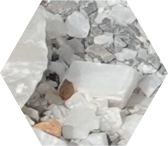
Fibres
Sourced via a small number of companies with long-term partnerships with Etex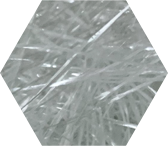
Gypsum
We own quarries and secure supplies via long-term contracts with partners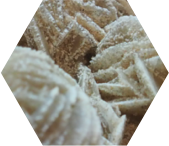
Other
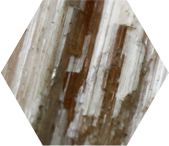

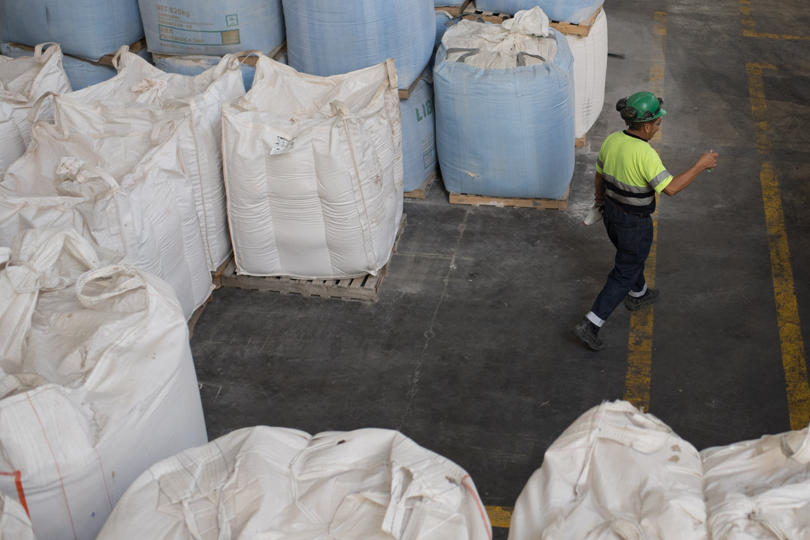
Responsible use, recycling and sustainable sourcing
Our ultimate goal is to produce zero waste with a reducing carbon footprint. Overall, the minimal amount of waste we generated has remained consistent over the last five years.
Recycling continues to be a key focal point as it helps us conserve resources and improve the efficiency of our production processes. Every Etex business has implemented internal recycling programmes. We recover waste materials generated – including paper, cement and water – and channel them back into our own processes, or supply them to external partners.
We have invested in and partnered with international renewable energy projects; solar technology provides clean energy at some of our facilities with excess energy supplying public grids.

Hatschek machine

Hatschek machine
Developed in the 1890s by Ludwig Hatschek, we still rely on this equipment today and follow many of the original principles. The sheets are formed by slurry that runs through a sieve, thus depositing a soft porous film of fibres – moved onto felt and subsequently passed onto a forming roller. Successive films are drained under pressure to form solid material.
Plasterboard production

Plasterboard production
The result of a continuous production process, plasterboards begin as a mixture of gypsum, plaster and other materials that is spread onto high-quality paper, with a backing of paper applied later. The paper is folded at the edges to fix the shape. The board is then cut into panels and passed into big dryer.
Calcium silicate board production

Calcium silicate board production
A blend of purely natural elements is processed under pressure at high temperatures. The drying steam condensate is re-used to heat the boilers and save energy. The waste is recycled to save on raw materials. Moreover, high-precision customisation of our production lines leads to lower CO₂ emissions.
High-performance insulation
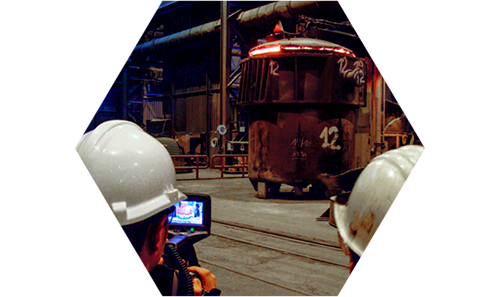
High-performance insulation
All Etex insulation products offer superior performance, including cost effective thermal insulation as well as world-leading passive fire protection systems that meet the highest standards and norms.
Best practices, high standards and rigorous testing
Reliable, consistent materials are essential for safe buildings and high-performing solutions. Our processes adhere to high standards on the use of materials, testing procedures and safety level assessment. Our products are globally manufactured according to agreed quality levels and subject to strict testing to determine resistance to fire, crushing, weather conditions and chemicals.
Improving the energy performance of buildings contributes significantly to climate-related targets. This is why we develop our materials in view of maximum insulation performance, reducing carbon emissions.
Our fire protection and insulation products are subject to rigorous tests and certified for their ability to protect buildings and people.
